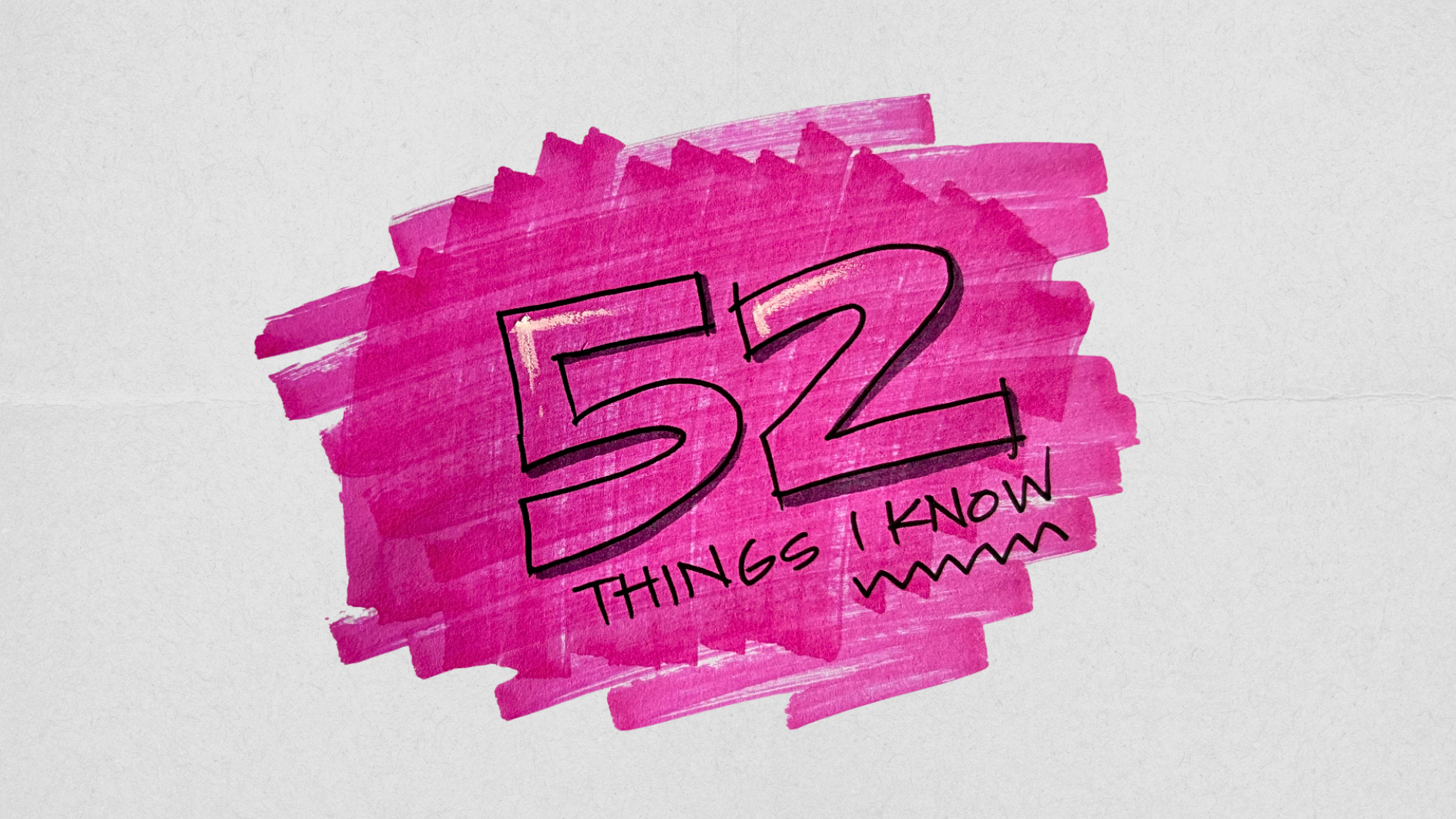1. Respect your audience. If you are speaking for 30 minutes to an audience of 500, that’s 250 collective hours of time you are about to spend on behalf of those people. This means you need to create value with every minute you are on stage. Value can be a good belly laugh. It can be a meaningful story. It can also be easy to follow points that your audience can note down. Check with the conference director or boss of the show on what value means to your specific audience. It doesn’t matter if you’re a hot shot CEO, respect your audience and their time.
2. Minimise slides. I haven’t spoken with a slide presentation since 2015. The AV team loves me for it because there is one less thing that can go wrong. Most importantly my audience is not distracted with a bunch of text. No one can read and listen to you at the same time so you are dividing your audience’s attention with words and voice. A slide preso also subtly says to your audience, this content is going in one direction only and every audience I meet gets the same lineal journey. Only use slides that dramatically enhance what you have to say and have people snatching up their phones to take a pic. If you really want to give them some written info, give a QR code at the end for downloads or have the conference folks drop it digitally to all delegates as you walk off stage.
3. The funnier you are, the more memorable you will be. It’s how the brain works. However, don’t try to be funny if that’s not your usual jam and never try new jokes from the stage. I always test my stories and funny content in conversation first. If people roar laughing over lunch, only then I may work it into a speech. Enthusiasm for your subject is better than trying to be a comedian. And I am here to tell you in no uncertain terms, no one likes a dad joke. Ever. Write that down. No dad jokes from the stage. It makes your audience groan which is only one step up from being booed.
4. Watch the time. If you are scheduled to speak for 25 minutes. Do not speak for 17 minutes or for 35 minutes. Speak for 25 minutes. You will give a long line of people an ulcer by messing with their run sheet if you are not professional about timing. The only way to know your timing is to plan and practice. Record your speech on your phone and know how long each section takes. Then do not go freestyling from the stage. Re-read point one. Time is precious and you are not to wing it.
5. Keep your tone conversational. This is important for two reasons. It is easier to listen to someone for longer if their tone is like a good chat. Elevated or institutional language will elevate you to an institution level but will only alienate you from the audience. A casual, conversational approach is also far more forgiving. You can say ‘Whoops, I’m just going to back track to something important before I move on,’ and it won’t seem out of place.
6. Never read. Crap on a cracker, if I see another speaker read for an hour I will cry hot tears of dread. If you have to read, do not speak at conferences or events. Your voice moves in a very different way when you read from a page and it is much harder to listen to. You could save everyone the time and just email them your speech. Written and read speeches are for heads of state only.
7. Get out from behind the lectern. You will only be able to do this if you have taken on point 4, have practiced your content and know your timing well. If you need notes, leave them on the lectern and stroll back there as required. I stopped using notes in 2020 when I knew my content so well and could add new content with practice. It’s ideal if you can have just one phrase to prompt you for each new section of your speech. No notes – even better.
8. Be yourself. Not even going to explain this one. It’s a no-brainer.
9. Ditch high heels. I shall not make the mistake of assuming only women wear heels so this point is for everyone. I saw an MC recently struggling in heels. It was agonising to watch her repeatedly negotiate the stairs to the stage and her ankles were lucky to make it through the night. I learned this rule from comedian Ali Wong. Unless you’re a stripper, don’t perform in heels. There are often gaps in the stage and less can go wrong. You need firm feet on the ground.
10. Record your speech on your phone. I record every speech I ever give on my phone which I leave in my back pocket or on the lectern. I do this for a few reasons. If this is the best speech you’ve ever given in your whole life, you’ll want a record. If someone says they heard your speech was epic, you can say, ‘Cool, I can send you the voice recording if you like.’ If someone says, ‘That speech you gave two years ago, can you whop it out again for the new cohort?’ you have a record on file to check what you said. You can also listen back and learn to improve.
After all that, if you would rather chew razor blades than give a speech, that’s ok. As Seinfeld famously said, more people are afraid of public speaking than death, so at a funeral they’d rather be in the casket than giving the obituary. If this sounds like you, you can hire me to give speeches instead. I am a professional conference speaker who motivates and inspires audiences all over the world. Click on the link above for my most popular topics.





